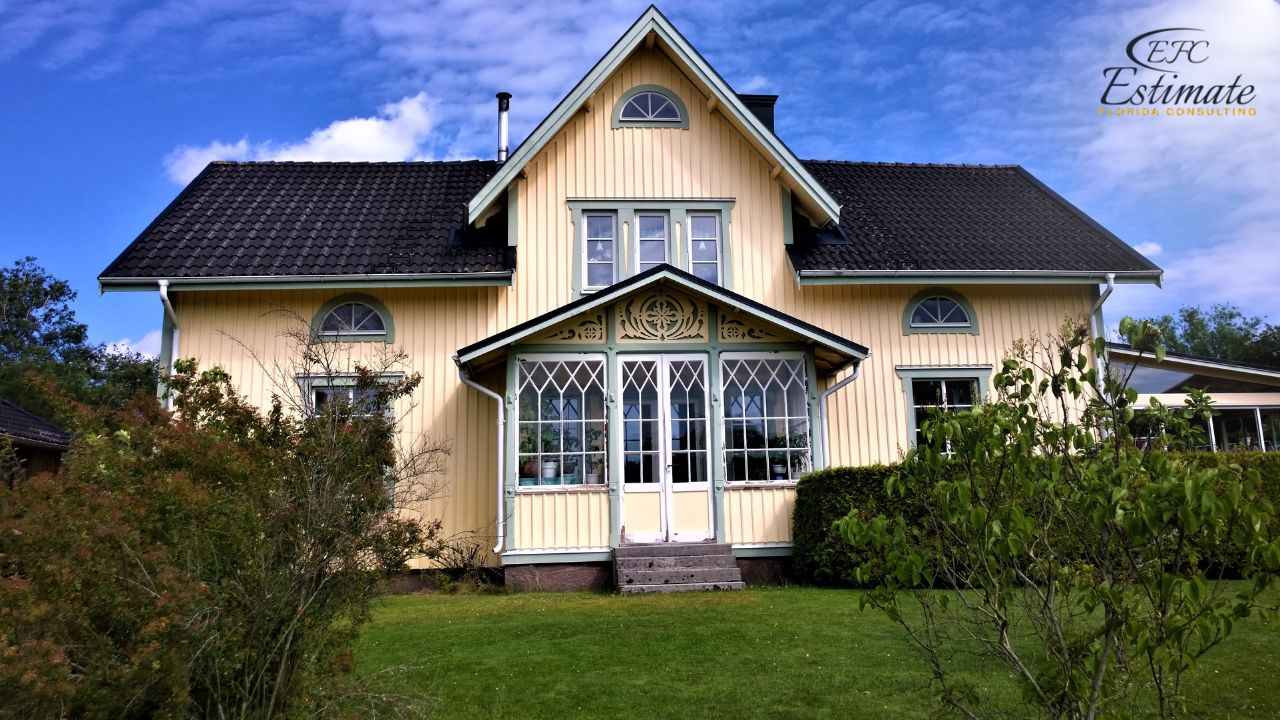- Minor kitchen remodel: $15,000-$25,000
- Expected return: $12,000-$21,000
- ROI: 75-85%
Specific kitchen improvements that buyers notice:
- Fresh cabinet hardware
- Updated light fixtures
- Modern faucet and sink
- Durable flooring
- Quality but not excessive countertops.



